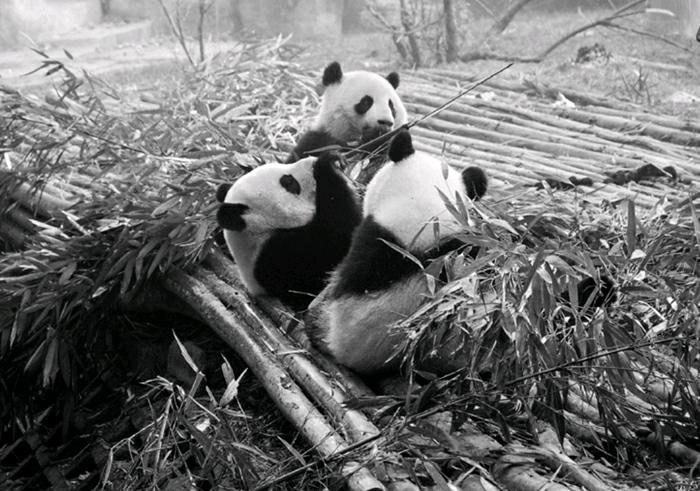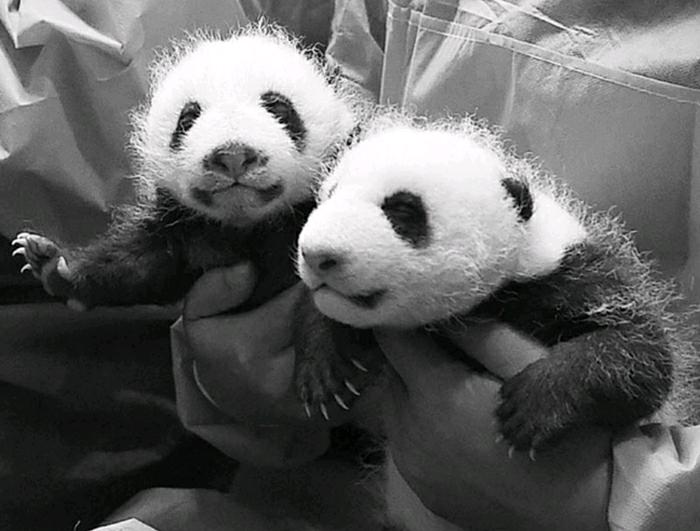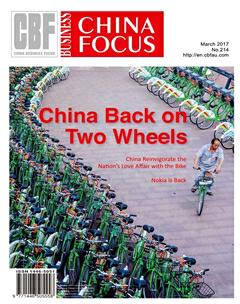Life in the City named Haven in China

With its high-octane energy, can-do drive, teeming population and challenging language barrier, China can be an exhausting destination for the first-time visitor. Common complaints I have heard from tourists include: “its so crowded – everyones pushing and shoving”; “we couldnt make ourselves understood”; and “we needed another holiday after that trip”.
The best piece of advice I can give is to avoid trying to cram too much in. There are not many travellers who head to the US and combine Manhattan, Disneyworld, the Grand Canyon and Hollywood in one trip yet the equivalent journey in China is not unheard of. Classic itineraries often rush visitors between the Forbidden City, The Great Wall, the Terracotta Army, Chengdus panda sanctuaries and a Three Gorges cruise, finishing up in frantic Shanghai.
Twenty years ago, such a route would have been more palatable. There were hardly any domestic tourists in those days. But now it seems the whole country is on the move eager to explore their homeland. International visitors face long queues at key tourist attractions and then a jostle among heaving crowds. But approached wisely, China is as uplifting as it is intriguing. It is also an essential stop for anyone hoping to learn more about the direction the world is taking this century.
Some travel to China to marvel at the skylines of cranes, innovative architectural projects and the countrys artistic endeavours. They should head to the financial and commercial hub of Shanghai, as well as to Beijings Olympic Village and the capitals contemporary art district, housed in a former munitions factory, and called 798.
Others will be keen to learn more about Chinas 5,000-year-old civilisation. That is best viewed through the countrys museums and monuments, from the first emperors Terracotta Warriors in Xian to Beijings Forbidden City, which served as the imperial palace from the Ming dynasty until the end of the Qing dynasty. However, be aware that these mustsee attractions, including Beijings Summer Palace and the sections of the Great Wall closest to the capital (notably Badaling), are often the most crowded.
For the adventurous, there are less well-known – and less crowded – sites, such as the Buddhist caves at Dunhuang, the charming former capitals of Luoyang and Kaifeng, and the great Taklamakan Desert in the far north-west. Some of Chinas exceptional but less frequented museums include Shaanxi History Museum, Xian Museum and the Museum of Han Yangling (all three are in or close to Xian), as well as Zhejiang Provincial Museum.

Those who come seeking glimpses of daily life should plan a slower-paced itinerary building in time to walk the citys backstreets and explore the public parks, a traditional teahouse or a quiet temple. This will naturally allow for unplanned pauses: at, say, the threshold of moon-shaped gateways leading into courtyards of plum blossom; to hear a street busker playing the haunting two-stringed erhu; and to watch children cycling to school in immaculate blue-and-white uniforms. Not only do these activities offer some respite from sight-seeing but they are also a chance to witness daily Chinese life (rather than the life of a Chinese tourist).
Another great option is to incorporate travel by train rather than take internal flights in order to mix with locals, catch up on a travel journal and gaze out of the window. It is experiences like these which may make for the most enduring memories of all.
The best weather is during spring (March until May, but avoid Easter) and autumn (late September to early November) but hotel rates are higher at those times. Prices are lower in the shoulder seasons: February/early June and September/ late November/December.
Many will prefer to avoid the three main Chinese public holidays: Chinese New Year (also called Spring Festival, usually falling in late January or early February), May holiday (the first week of May) and National Day (the first week of October). Tourist attractions become very crowded at this time.
Some trips are seasonal, such as those to catch the rhododendron valleys of Shangri-La in bloom, birdwatching in Napahai Lake and, for example, the Harbin International Ice& Snow Sculpture Festival.
There are direct flights taking approximately 12 hours from Britain to China on Air China (Beijing), British Airways(Beijing, Shanghai, Hong Kong, Chengdu), China Eastern(Shanghai), Virgin Atlantic (Shanghai, Hong Kong), China Southern (Guangzhou) and Cathay Pacific (Hong Kong). There are also connecting flights through the Gulf. Expect to pay from £700 for a return ticket in economy. You can generally fly into one city and out of another for no extra cost. Fares are subject to change
British Airways has the best direct flight options to Beijing, Shanghai, Hong Kong and Chengdu. From Heathrow it flies daily to Beijing and Shanghai, with 14 flights a week to Hong Kong. Return fares to Beijing start at £731.76 in economy; from £1,169.76 in premium economy and from £2,661.76 in flat-bed business class. Return fares to Shanghai start at from £1,169.76 in premium economy and from £3354.76 in business class. Return fares to Hong Kong start at £1,264.26 in premium economy and £3,376.26 in business class. The airline also flies to Chengdu three times a week. Return fares on that route start at £621.76 in economy, £1,059,76 in premium economy and £2,757.76 in business class. All fares include taxes, fees and charges.
Virgin Atlantic flies daily from Heathrow to Shanghai. Return economy fares from £621, premium economy £941 and upper class at £2,393. There are also daily flights from Heathrow to Hong Kong; return economy fares from £795, premium economy from £1,102, upper class from £2,398.
Emirates flies to Dubai from the UK (from Heathrow, Gatwick, Manchester, Birmingham, Glasgow and Newcastle). From Dubai passengers can connect directly to Beijing, Shanghai and Guangzhou. Connections are between one and three hours, making total travel time around 16 hours. Economy fares from London Gatwick to Beijing from £511 and to Shanghai from £521. Economy fares from London Gatwick to Guangzhou from £737. Fares include taxes.
Etihad flies three times daily from Heathrow and twice daily from Manchester to Beijing and Shanghai, and five times a week to Chengdu – all via Abu Dhabi. Return fares from£494 (Coral Economy) and £1,850 (Pearl Business). From 8th June 2015, Etihad will begin daily flights from Edinburgh to Abu Dhabi.
Qatar Airways flies from Doha and then on to seven Chinese cities: twice-daily flights to Hong Kong; daily flights to Beijing, Shanghai and Guangzhou; four flights a week to Hangzhou; and three flights a week to Chongqing and Chengdu. From Heathrow and Manchester via Doha, connection times may be as short as one hour. Return fares from Heathrow to Chongqing from £675 in economy, £2,805 in business class. Return fares from Manchester to Shanghai from £732 in economy, £2,827 in business class.

